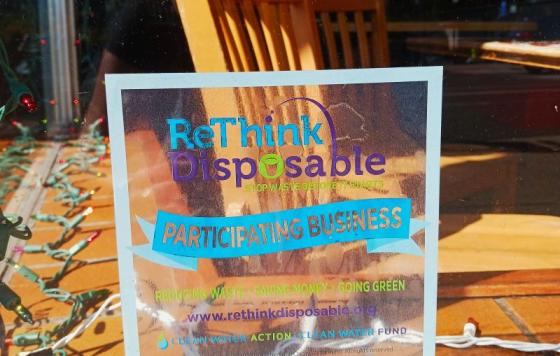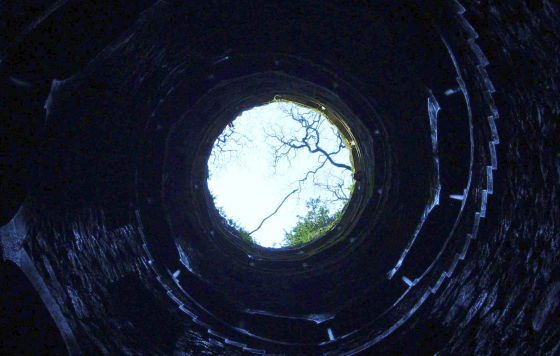
The last thing that I think of after I get a shot is “where does the syringe end up after (hopefully) being properly disposed of in the biohazard bins?” But it’s a question I’ve been harboring recently; does it just disappear or does it end up on the streets? This topic is briefly brushed upon during my Master’s of Public Health (MPH) program, but I wanted to dig into the topic a bit further. The biohazard management in hospitals has advanced in the last 20-30 years so one shouldn’t be too alarmed when reading through this. The ultimate purpose is to make people aware of such waste, and know what actions we can take to protect our environment and our health. My interest in biomedical waste was particularly triggered when I read the following statistic: The World Health Organization (WHO) estimates that 12% of HIV cases and 40% of hepatitis cases are caused by improper medical waste disposal world-wide[1].
Granted this statistic is alarming, it is only meant to be used to show how important it is to have and mandate waste management systems and regulations. In the U.S. for example, the EPA has certain requirements such as the Federal Insecticide, Fungicide and Rodenticide Act (FIFRA) for some medical waste technologies that use chemicals for treating and eliminating waste[2]. In addition, the U.S. Department of Labor Occupational Safety & Health Administration (OSHA) regulates sharp management, labeling of medical bag/containers, employee training, and container requirements for medical waste1.However, I personally believe that more can be done to prevent the adverse health and environmental effects that hospital waste can have in our communities; regulation and biohazard disposal systems just aren’t cutting it.
What do I mean when I say ‘hospital waste’?
When I talk about hospital waste, I will be encompassing the following: solid waste (non-sharp items, gloves, towels); liquid waste (bulk quantities of blood or bodily fluids); sharps waste (syringes, needles, scalpels, broken glass); and pathological waste (human organs, tissues, and body parts). All of this can contaminate and endanger our health and environment if not properly disposed.
Here are some ways that toxic and non-toxic waste is being disposed of currently:
What are the current methods of eliminating toxic environmental waste?
One method of eliminating waste is by diffusing the equipment with chemical disinfectants. Although this is quick and cost-effective, this can be counterintuitive if the volume of chemicals used is higher than regulation. When the equipment is sprayed with the chemicals, the pollutants are released into the air we breathe—which is particularly dangerous when coupled with incineration. Incineration is widely used to eliminate hospital waste because of its simplicity. However, a portion of the waste has unsuitable materials (such as metals) that result in the combustion of pollutants and toxic metals such as lead, mercury, and cadmium. If materials are treated with chlorine and are combusted, this will generate dioxins and furans—human carcinogens linked to various adverse health effects, like variance in hormone levels and decrease fertility, and are also linked to cancer[3].
Typically, hospitals and healthcare systems invest in regulated waste management companies to help them be accountable for their waste disposal, which is why this issue isn’t pressing, although hospitals dispose about 2 million tons per year. However, even with strong infrastructure and waste management systems, syringes and other sharp disposable items can tamper with the lining and design of containers and bags used for disposal of biohazard waste; allowing toxins to seep into the soil and water.
Why should you care about this issue?
In November 2017, Community Memorial Hospital in Ventura, St. John’s Pleasant Valley Hospital in Camarillo, and Santa Paula Hospital were caught disposing toxic waste in everyday trash. This was 5 months ago and who knows how long these hospitals have been recklessly disposing toxic waste. Think about the dangerous exposures to this hospital waste sanitation workers had!
From an environmental standpoint, you should be concerned about where this waste is being disposed and how much of it is toxic, from a health standpoint, you should be concerned by the long-term effects these toxic materials can have if they’re accumulated over time in the environment, especially since 15% of hospital waste is considered toxic. Fifteen percent might not seem like a lot; but if the landfill and waste management systems aren’t up to regulations, than this toxic waste can contaminate drinking, surface, and ground waters. Now, don’t be alarmed. Legislation has made a significant impact on reducing the toxic waste from entering our environment, but more can be done; the long-term effects outweigh these short-term disposable solutions.
How can we solve this issue?
First, we need to make others aware of the short-term and long-term environmental health effects of improper waste disposal. The WHO statistics mentioned above are alarming, and hospitals are still recklessly chucking biohazard waste into our environment (as if we don’t have enough already).But we can also protect our health and environment through improved employee training, educating patients and hospitals, and investing in proper hospital waste management solutions, such as mandating policies with more specific disposal regulations with encapsulation and autoclaving.
Our society is so concerned with treating health conditions often connected to toxic chemical exposures yet fails to focus on the root determinants for these health effects. The irony is that little actions, such as properly disposing toxic and non-toxic waste affect our health in the long-term and help decrease healthcare costs. I believe that we need to continue to shine a light on the impacts that short- and long-term hospital waste management strategies have on our environment for a better, cleaner earth and a healthier population.
[1] World Health Organization (WHO). (2018, February 08). Health-care waste. Retrieved April 17, 2018, from
[2] Healthcare Environmental Resource Center (HERC). (2015). Regulated Medical Waste. Retrieved April 17, 2018, from
[3] World Health Organization (WHO). (2016, October). Dioxins and their effects on human health. Retrieved April 17, 2018, from


